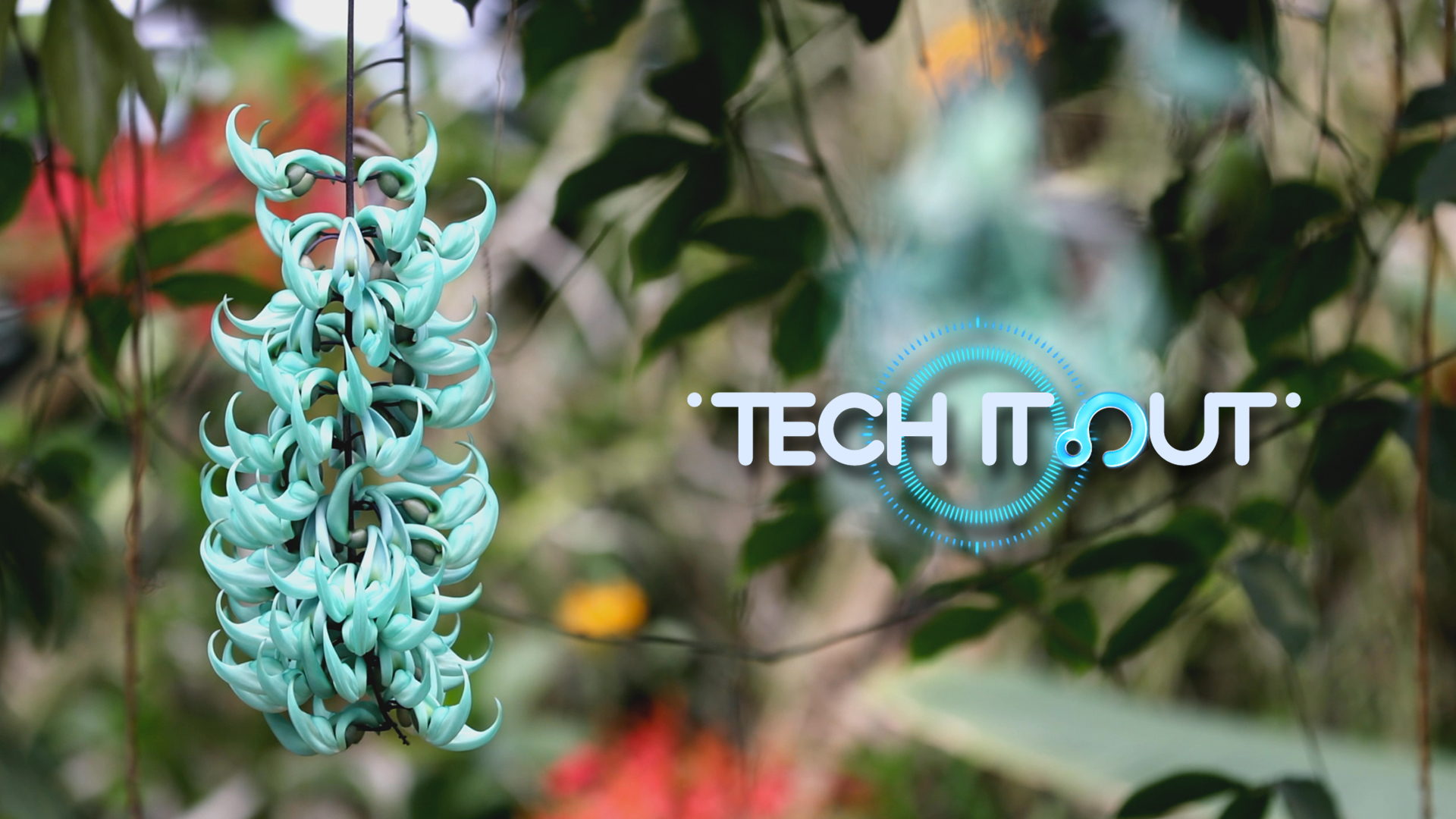02:35

During the holiday season, many Chinese people buy flowers to decorate their homes. So, its time to bring you a new series about some of the magical plants rarely seen in your daily life. Today we go to Guangzhou, where a botanical garden belonging to the Chinese Academy of Sciences is one of the few places in China that is home to one beautiful plant in particular.
This is the jade vine, an exotic plant of the Philippines, with unique, bright turquoise blooms.
The wild jade vine can only be found in the tropical forests of the Philippines. Even in botanical gardens, this plant is rare to see because it is not easy to cultivate.
Flowering plants need to get pollen from one flower to another, with many of them being pollinated by animals.
Many flowers use color to attract pollinators. But unfortunately the color of the jade vine, despite being mesmerizing to us, is not very popular with birds and insects.
Instead, the jade vine is fertilized by an unexpected animal: The bat.
The unique shape of the jade vine, which hangs out in the open, is very easy for bats to visit. A bat can hang upside down and drink the nectar from the flower.
Experts also believe that the plant's luminous shade of jade green is brighter than other colors under moonlight, which helps attract bats during the night.
When a bat arrives, it will poke its tongue into the flower to collect nectar... the flower will fold and drop pollen on the bat's head and back. When the bat flies away, the pollen will be taken to other flowers.
In Guangzhou's South China Botanical Garden, where there are no bats, scientists use artificial pollination and plant cuttings to help reproduce this plant.
But despite the work of scientists in China, the jade vine is in danger of extinction in the Philippines due to deforestation and the decline of its natural pollinators.